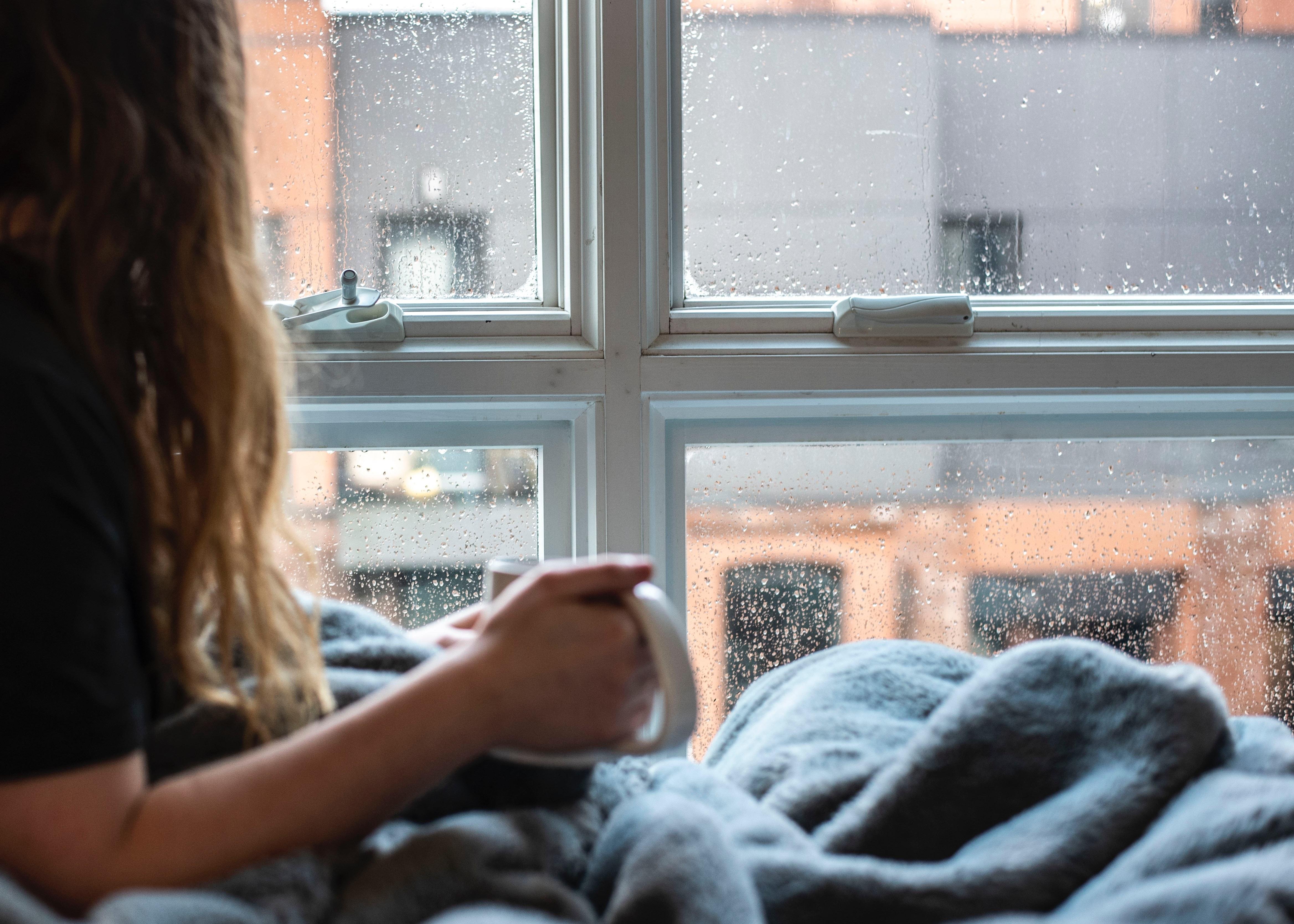Published on October 1st, 2024
7 signs that your home isn’t energy efficient
It’s easy to miss the signs that your home needs a bit of love and care when you’re busy getting on with life. That’s why we’ve compiled a list of things to look out for to judge if your home health isn’t what it could be.

We can spend years ignoring tell-tale signs that our house is leaking energy. Perhaps you paint over the mould along the window one time or literally paper over the cracks in your walls. This might make the house look better aesthetically, but chances are you’re no better off and neither is your home.
In this article we outline some of the signs that your house might need some work.
The seven tell-tale signs that your home isn’t energy efficient include:
1 - Condensation on the windows
2 - Melted snow on the roof
3 - Some rooms warmer than others
4 - Draughts in certain areas
5 - Walls that are cold in some places
6 - Mould and damp
7 - High energy bills
Read: The benefits of a warm, healthy home
1. Condensation on the windows
If you’re waking up each morning to find condensation on your windows then it’s a sign they’re not retaining inside heat. The condensation forms when warm, moist air from inside your home meets a cold surface like your window and condenses into water.
This water can run down the window to create mould along the frame which damages the window and can be bad for your respiratory system. It could force you to replace the windows altogether in the future, so anticipating this, it might be worth replacing the windows with double glazing.
Read: From heat-pumps to insulation: 5 ways I can reduce my bills for good
2. Melted snow on the roof
Lots of heat escapes through the top of your home (unless you live in a middle floor flat), but the right amount of insulation can limit escaping heat - keeping it in with you. The tell tale sign of poor roof insulation is seeing a home with melted snow on top. Typically well insulated homes will have a full layer of snow on the roof (should you get decent snowfall), this is because the insulation stops the heat leaving the inside of the house to melt.
If you have poor roof insulation, this melted snow can travel down into your gutters and if you get particularly cold winters the water could freeze forming a kind of ice dam. If this blocks water from escaping off of your roof then it can cause problems with draining away unwanted water.
3. Some rooms are warmer than others
You might find that your kitchen is warmer than your living room, and you might put that down to your oven and appliances, but it could be worth checking if it's not an insulation issue.
If you have one particularly cold room there’s a few things you can check first:
- The windows and doors - It might be that you’re losing a lot of heat through the entrances to the room. Single glazed windows tend to be energy inefficient and can allow heat to escape and breezes to come in.
- The radiators - if you find that they’re not getting as warm as the others around the house check the valve on the side is turned up. If it is, then you might need to bleed the radiator.
- Floors can also allow hot air out, there’s usually a gap between the floor boards and the ground which can be insulated.
Read: What could a whole house retrofit do for you
4. Draughts in certain areas
As important as insulating your home, sealing off cold channels is vital to making your house more energy efficient. With older properties this is a common issue where there’s only single glazing and pipes and walls haven’t been replaced or mended.
A way of finding draughty outlets, aside from feeling them, is by looking for cracks of daylight through closed gaps in windows, letter boxes and doors. You can wet the back of your hand and put it by the crack to see if you can feel anything coming in.
Draughts can lead to aches and pains if you sit in the way of them for too long. The cold causes muscles to contract and stiffen and can lead to further illness.
5. Walls that are cold in some places
Usually the insides of your walls shouldn’t be cold as they’re not in direct contact with the elements outside, that’s the job of walls outside. But if they do feel cold then it may be that there's a ‘cold bridge’ where an internal element is in contact with an external element.
This is typical in homes built over the last century where walls were built with an internal and external layer, with a gap in the middle. Cavity insulation can resolve the issue of cold air being transferred between the two, it’s a relatively straightforward task if done correctly.
Read: From heat-pumps to insulation: 5 ways I can reduce my bills for good
6. Mould or damp patches
Finding mould or damp patches, particularly in corners or behind furniture, is a strong indicator that your home isn't operating efficiently. These issues often appear when poor insulation creates cold spots where warm, moist air condenses. Not only does this signal energy waste, but it can also affect your health and the structural integrity of your home.
Common places to check include:
- Corner joints where external walls meet
- Around window frames
- Behind wardrobes placed against external walls
- In poorly ventilated bathrooms and kitchens
Having persistent mould issues despite regular cleaning suggests your home needs attention to its insulation and ventilation systems.
7. High energy bills
This might sound obvious but if you feel like you’re using a lot of energy to heat your home to a reasonable level, it could be down to energy inefficiencies around the property.
Smart meters can help provide valuable data around energy usage, showing how much you’re spending on energy in real-time. If you notice after heating you notice jumps in the amount you're spending when you turn the heating on or run hot water, it could be worth looking at where the energy is going.
Find out through a home assessment
The most effective way to find out the inefficiencies of your home is through a home assessment by a qualified retrofit assessor.
They’ll talk to you about your home ambitions and perform an assessment of your home. This is known as the Standard Assessment Procedure (SAP) and gives the assessor a detailed breakdown of the energy efficiency of the house.
Find out more about what happens during a home assessment here
Written by

Oisin Teevan